Text
The Usual Suspects (1995) Final Project
COM 323: Films of the 1990s
Introductory Video
The Usual Suspects (1995) Trailer
youtube
Production
The first inkling of The Usual Suspects film came to director Bryan Singer as he read an article in the magazine known simply as Spy. It was a passage regarding the famous 1942 film Casablanca in which the character of Louis Renault says that they need to, “round up the usual suspects.”

With a title now in mind, Singer and his screenplay writer Christopher McQuarrie could get to work. The screenplay for The Usual Suspects took McQuarrie around five months to create. He had used elements of one of his previous, not published works to forge the story. McQuarrie combined several real-world elements into the film’s screenplay including the true crime story of John List who killed his entire family then took on a new identity for some 20 years until he was caught. According to an article from The Guardian, “A lot of the inspiration for Keyser Söze, the villain, came from the character of Yuri in the 1980s thriller No Way Out – a spy within the Pentagon who may or may not exist.” The name “Keyser Söze” is based on one of McQuarrie’s previous coworker’s name, Kayser Sume. When trying to adjust Sume’s surname, McQuarrie used a friend’s Turkish dictionary to discover the word “söze,” which means “talks too much,” which, in hindsight, is hinted at through Roger Kint’s nickname “Verbal” and his self-admission of being talkative. The name origin also potentially explains why Söze is described as "supposedly” Turkish. Similarly, characters mention that Keyser Söze‘s father might be German. His first name Keyser seems to be a reference to the German word “Kaiser” which means “Emperor.”
Once the screenplay had been completed to Singer and McQuarrie’s liking, they began to show it to studios, hoping to find an interested party. However, that turned out to be much harder than anticipated. Despite the excellent writing by McQuarrie, the vacancy of the cast and non-linear storytelling elements scared off most studios. The film’s rough start is described in “Usual Suspects, Unusual Devices,” by Martin Barker and Thomas Austin. The journal article reads, “It almost didn’t get made. Its director Bryan Singer and writer McQuarrie tried 130 film financiers before finally cutting a deal with two European sources. Even then, the deal almost fell apart just days before filming was due to start, when one backer withdrew. Finally, a recut of the distribution and video rights brought in combined finance from Polygram and Spelling International.” So, they finally found some hope in Europe with the PolyGram film company, though the actors were going to have to be paid significantly less than their usual fees. The actors which they cast were okay with the lower pay, however, as they wanted the opportunity to not only work with Singer’s direction and McQuarrie’s script but also the other actors involved. In fact, in 1993, Kevin Spacey had met Bryan Singer and told him that he wanted to act in Singer’s next production.
The Main Cast - “The Lineup”
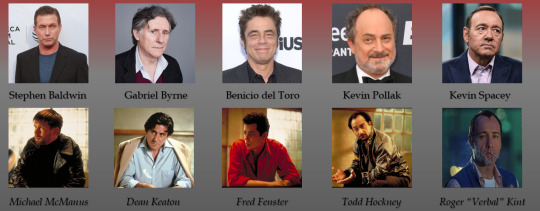
When the film began production, the budget was set at five and a half million dollars. Perhaps due to funding or other factors, there were only three shooting locations for the entire film. These were the cities of Los Angeles, New York City and San Pedro, CA. The film was shot in only 35 days, which is quite short compared to other films. Although it would seem the most prominent issue for the film would be the lack of financial backing, it turned out to be the actors themselves. Director Bryan Singer could not keep his main five actors in character, especially when they were all together like the famous “lineup” scene. Several scenes would take much longer than expected to film due to the actors being unable to stay in character because they would laugh with one another. In the final take of this scene, the characters are seen giggling, this is partially purposeful to show their camaraderie but much of it was the actor’s genuine laughter, particularly during Fenster’s delivery of the line.
The Usual Suspects (1995) “Lineup” Scene
youtube
Another less humorous issue that plagued the shoots was the size of filming locations. They had to film in many confined areas which made the job of cinematographer Newton Thomas Sigel all the more interesting. In order to combat this issue of space, he used creative zoom tactics and dolly movements to simulate motion which made the space feel larger. The film wrapped shooting two weeks prior to its estimated date. However, one day Singer had a feeling that the mystery of Keyser Söze was unfinished. He felt that the film needed to convince the audience that Dean Keaton was Söze to up the ante of the twist ending. From this revelation came one of the film’s most crucial and shocking scenes. The sequence is the one at the very end, where Kujan stares at the board whilst past dialogue looms in the background as he pieces together the mystery. I have attached the video clip below:
The Usual Suspects (1995) Ending Scene
youtube
Marketing
The advertising campaign for The Usual Suspects started off with an unusual issue. The studio executives were worried that audiences would not know how to pronounce “Keyser Söze.” So, they thought a good way to combat this was to create posters and television advertisements which read, “Who is Keyser Söze?”
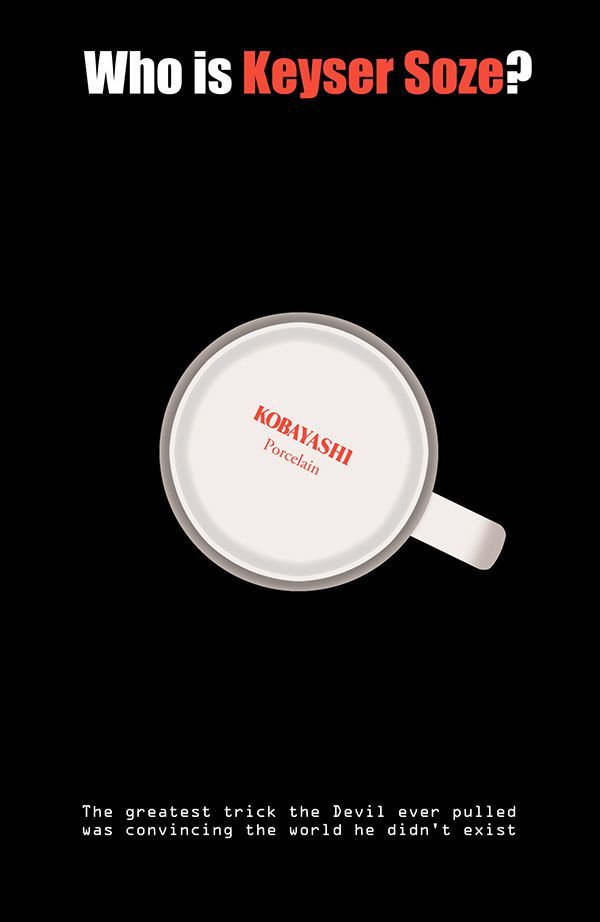
Though, many people still mispronounced it despite their efforts. The film itself initially aired at the now famous Cannes Film Festival in 1995. Here, it was met with a good reception from both critics and fans. Before it could get its full theatrical debut, it was shown in select screenings in Los Angeles and New York City, two of its filming locations and general movie hotspots. After these showings, it was aired in many theaters around the country and grossed around $23 million, which shattered its small budget numbers.
Reception
Despite successful monetary gains from the film, the critical reception after its full release was less than ideal. Overall, most critics felt the film was either predictable, confusing or only created to give its cast Oscar nominations. Famous film critic for the Chicago-Sun Times, Roger Ebert, gave the film a terrible one and a half stars, writing, “The story builds up to a blinding revelation, which shifts the nature of all that has gone before, and the surprise filled me not with delight but with the feeling that the writer, Christopher McQuarrie, and the director, Bryan Singer, would have been better off unraveling their carefully knit sleeve of fiction and just telling us a story about their characters – those that are real, in any event. I prefer to be amazed by motivation, not manipulation.” Other critics gave it similar ratings like USA Today’s two and a half stars. Though there were some outliers at the time, like reviewers for The Independent and The New York Times who gave it positive reviews. One of these reviews was from Lisa Schwarzbaum of Entertainment Weekly, who wrote, “Dense with plot intricacies, thick with atmosphere, and packed with showy roles for a hip ensemble, The Usual Suspects is fun to watch — a celebration of cool actors having a good time playing sweaty and devious lowlifes.” However, her opinion seemed to be in the minority.
Fast forwarding to today’s view, the film seems to have had a shift in opinion. The three most popular film reviewing sites, IMDb, Rotten Tomatoes and Metacritic gave it an 8.5, 89% and a 77, respectively. Notably, the audience score on Rotten Tomatoes is a whopping 96%. Clearly, there has been a change of thought towards the 1995 film over the years. Today, the film is included on many lists of “top” films. Some of these lists include top movies of the 1990s, top crime dramas and even best films of all time. Many even cite this film as a “classic” or a “must watch” which is a sign of remarkably high praise. Some of the more well-known lists it has made were curated by the American Film Institute and the Writers Guild of America. Not to mention, the film has won numerous awards, even back in the 1990s. Some of the most notable awards being McQuarrie’s wins for Best Original Screenplay at the Academy Awards, the BAFTAs and the Independent Spirit Awards. Along with Kevin Spacey’s win for Best Supporting Actor also at the Academy Awards among many others for the cast and crew alike. So, even if the critics did not seem too keen on the film back in ’95, there still were many who supported it enough for them to score such high accolades.

Since the film’s release in 1995, it has found its way into different areas of popular culture through references, homages and other nods to the film. In fact, there was even an official remake in Hindi called Chocolate in 2005. But looking beyond this remake, acknowledgements to the film can be seen all over from a monologue by Stephen Colbert to Family Guy cutaways to Key & Peele skits and perhaps most famously in Scary Movie (2000).
youtube
Many of these come in the form of citing famous lines from the film or re-hashing crucial scenes such as Kujan’s piecing together Verbal’s fabrications or Verbal’s shift from limping to walking normally. Along with loving references to the film, there has been a bit of controversy as well. Actor Gabriel Byrne, who played Dean Keaton, claimed that the film’s production was temporarily halted due to Kevin Spacey’s inappropriate behavior on set. Byrne stated for The Sunday Times, “I mean, he was kind of a joke in that people would say, ‘That’s Kevin,’ but nobody really understood the depth of his predations. It was only years later that we began to understand that [filming] was closed down for a particular reason and that was because of inappropriate sexual behavior by Spacey.” Director Bryan Singer has since spoken out about Byrne’s claims. He denied the allegations against Spacey.
The Neo-Noir Genre
The neo-noir genre is defined by Mark Conrad in his work The Philosophy of Neo-noir as, “...any film coming after the classic noir period that contains the noir themes and sensibility.” The genre is a revitalization of the classic film noir, hence the prefix “neo” which means “new.” These films aim to capture a similar essence to the past noir crime films. They maintain similar characteristics in their writing style, cinematographic choices and essential themes. Some of these themes include crime, mystery, twists, paranoia, vengeance and deception. The way in which neo-noir differs from classic noir is seen through its use of updated technology and tackling of more modern societal problems. These films are also defined by the way in which they approach character. In classic noir, the motivations of the criminal or the detective were typically clear. But in neo-noir there is often a blurred sense of the world, where the character’s motivations are unknown or misunderstood and there is no clear division of good and evil as well as reality and fiction.
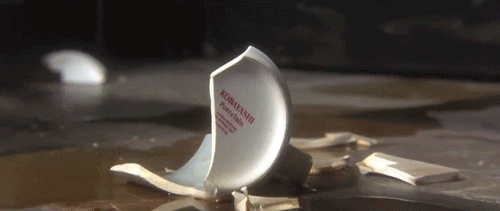
The way in which The Usual Suspect’s plot unfolds and its conflicts are battled perfectly fits the neo-noir outline. Writer J.P Devine describes the film in an article for Central Maine’s website as, “...a game of chess, a masterpiece full of fake clues, twists and turns that flows from light to shadow and back again. ‘The Usual Suspects,’ as most filmmakers know, rests somewhere near the top of the list of the greatest film noir thriller-capers of all time.” First and most obviously, the baseline of the entire film: crime, criminals and police. These three elements defined the classic noir genre at its core and have continued to define the neo-noir predecessor. Next, the film is based around one central mystery who is “Keyser Söze?” Neo-noir cinema most commonly revolves around questions or figures like these who the viewer and the characters will spend most of the film trying to pinpoint their identity. As the viewer watches Kujan stare at the board after Verbal has left the interrogation, both the character and the audience begin to piece together the fabrication of Verbal. As Verbal is seen shifting from limp to upright walk it all falls into place as the real Söze drives off uninhibited. This moment is exemplifying two examples of neo-noir cinematic patterns, the twist and deception. Verbal has fooled everybody, the viewer included. He has fabricated the perfect story to lead everyone off his trail and onto Keaton’s, who is confirmed dead, which means Söze would be too. As Stanley Orr explains in his, “Postmodernism, ‘Noir’, and ‘The Usual Suspects,” “Throughout the course of the film, Verbal installs himself on the periphery as mere documenter, ‘alone returned to tell the tale.’ Seemingly innocuous, Verbal diverts suspicion by focalizing upon Keyser Soze and Dean Keaton. In the last moments of the film, Verbal leaves Rabin's office under a new aspect: his ‘hand flexes with all the grace and coordination of a sculptor's’ (McQuarrie 120).” He has convinced everybody that he – the talkative, limp-footed “Verbal,” does exist while simultaneously convincing that the mysterious, all-seeing crime boss, Keyser Söze, does not, just like the devil.
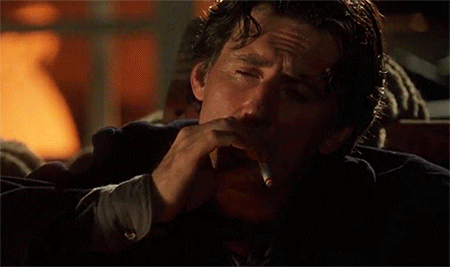
Along with the plot and structure of the film fitting the neo-noir genre, so do the characters themselves. In the journal article, “Rounding up ‘The Usual Suspects’: The Comforts of Character and Neo-Noir” by J.P. Telotte, the author notes, “The Usual Suspects offers an especially telling illustration in this regard, particularly of the impact of character in the neo-noir. It is a film that begins with a mystery and almost literally invites its viewers to play at guessing that mystery, at ferreting out the clues to its narrative and anticipating its twist ending. Moreover, that mystery depends totally on the film's conception and our own orchestrated and convention-driven misconception-of character, a set of reactions that pointedly flies in the face of our anticipation of narrative conservatism and undercuts one sort of pleasure or comfort we have come to expect from our films.” As explained previously, Keyser Söze is a brilliantly written character along with his Jekyll and Hyde-esque counter-part Roger “Verbal” Kint. Both of their motivations seem unclear for most of the film until the twist is revealed. Once they are established as the same character, many of the the motivations for Söze fall into place such as his paranoia that the man on the boat was going to expose him. Hence why he sent the criminals on a wild chase for some non-existent drugs on the ship. He wanted that man to be dealt with without the “lineup” knowing exactly why.
Also, the conflict between good and evil can be seen through both Söze and Keaton. Keaton’s struggle is more obvious and active throughout the film. He wants to escape the life of crime and live a morally and legally “good” life with his girlfriend, however, he finds it difficult to fully separate. Over and over he tries but he keeps being pulled right back. He cannot create true division between the good and the evil within himself. Similarly, after Verbal is revealed as Keyser Söze, this conflict comes over the audience. Initially, one feels themselves almost inclined to tip their cap to Verbal for his performance. Despite knowing the crimes he has committed, the viewer cannot fully write off Söze, he tows the line between likeable and truly evil in the minds of the viewer. The way in which the audience finds turmoil in supporting or disdaining his character is comparable to how readers feel about Satan in John Milton’s epic Paradise Lost. Something draws the audience into these characters despite or perhaps because of their wicked ways. In “Usual Suspects, Unusual Devices,” Martin Barker and Thomas Austin explain that, “The Usual Suspects rewards its viewers with the pleasures of unpacking its cleverness, and at the same time it rewards us by enabling us to demonstrate (to ourselves, to film-going friends) our cleverness in deciphering its deceits. It rewards with frissons of delighted shock the terror of a conspiratorial view of the Underworld: an attractive/dangerous stock of appalling characters. It rewards us if we are willing to play with the notion that authority is a mixture of inept and corrupt – but that corruption may be as nothing in the face of an awesome corruption so demonic that the petty authorities who think they run things are just self-deceivers.” His character is the encapsulation of the neo-noir genre’s blurring and bending of right and wrong, of good and evil, of reality and fiction. He lives his life miles ahead of those who wish to unravel his mystery. By the time anyone can wrap their head around his deceit, it is too late because, in devilish fashion, like that... he’s gone.
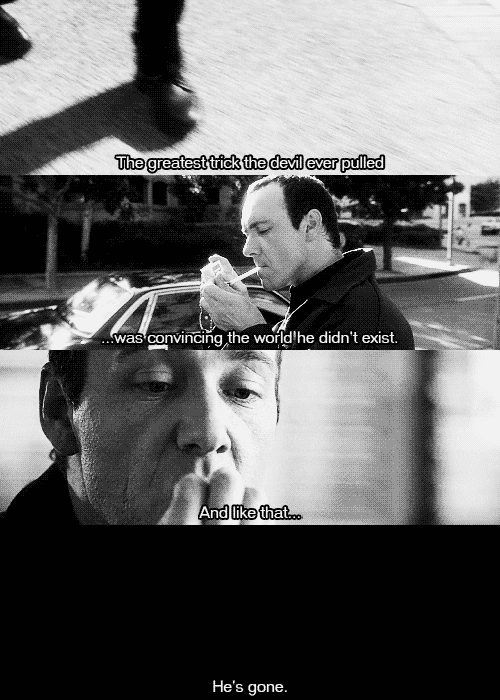
Works Cited
Derschowitz, Jessica. “What Critics Thought of 'The Usual Suspects' When It Came out 20 Years Ago.” EW.com, 16 Aug. 2015, ew.com/article/2015/08/16/usual-suspects-20th-anniversary-reviews/.
Telotte, J. P. “Rounding up ‘The Usual Suspects’: The Comforts of Character and Neo-Noir.”Film Quarterly, vol. 51, no. 4, 1998, pp. 12–20. JSTOR, www.jstor.org/stable/1213240. Accessed 28 June 2020.
Ebert, Roger. “Ebert's Most Hated: Roger Ebert: Roger Ebert.” Roger Ebert | Roger Ebert, www.rogerebert.com/roger-ebert/eberts-most-hated.
Ebert, Roger. “The Usual Suspects Movie Review (1995): Roger Ebert.” Movie Review (1995) | Roger Ebert, www.rogerebert.com/reviews/the-usual-suspects-1995.
Gelly, Christophe. “The Usual Suspects or the Potency of Falsity.” Mise Au Point. Cahiers De L'association Française Des Enseignants Et Chercheurs En Cinéma Et Audiovisuel, Association Française Des Enseignants Et Chercheurs En Cinéma Et Audiovisuel, 1 Apr. 2014, journals.openedition.org/map/1646?lang=en.
Hoad, Phil. How We Made The Usual Suspects. 4 Jan. 2016, www.theguardian.com/culture/2016/jan/04/how-we-made-the-usual-suspects-bryan-singer-gabriel-byrne
Schwarzbaum, Lisa. “The Usual Suspects.” EW.com, 25 Aug. 1995, ew.com/article/1995/08/25/usual-suspects/.
Sharf, Zack. “'The Usual Suspects' Reportedly Stopped Filming Due to Kevin Spacey's 'Sexually Inappropriate Behavior’.” IndieWire, IndieWire, 5 Dec. 2017, www.indiewire.com/2017/12/usual-suspects-kevin-spacey-sexual-misconduct-bryan-singer-1201904039/.
Travers, Peter. “The Usual Suspects.” Rolling Stone, Rolling Stone, 25 June 2018, www.rollingstone.com/movies/movie-reviews/the-usual-suspects-93781/.
“The Usual Suspects (1995).” Rotten Tomatoes, www.rottentomatoes.com/m/usual_suspects.
2 notes
·
View notes